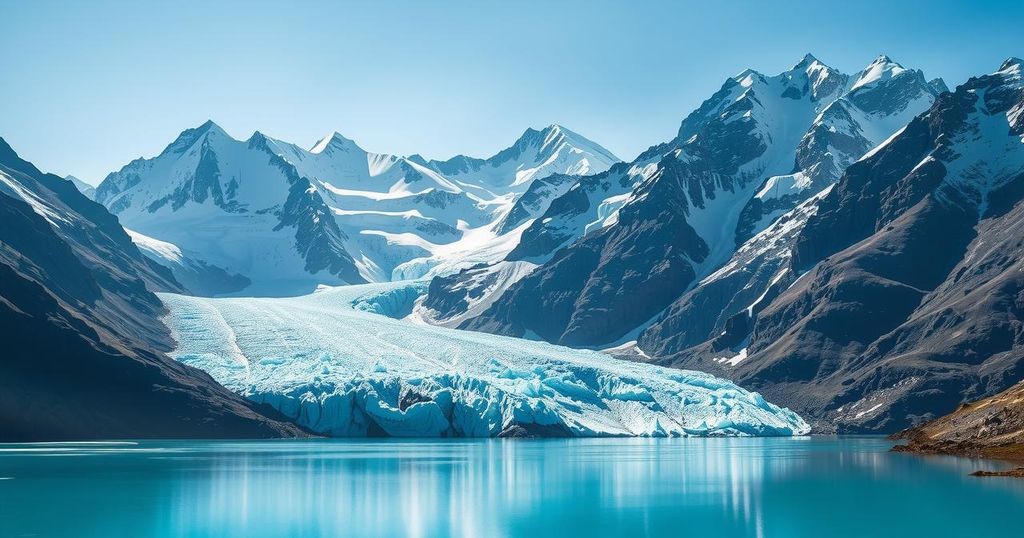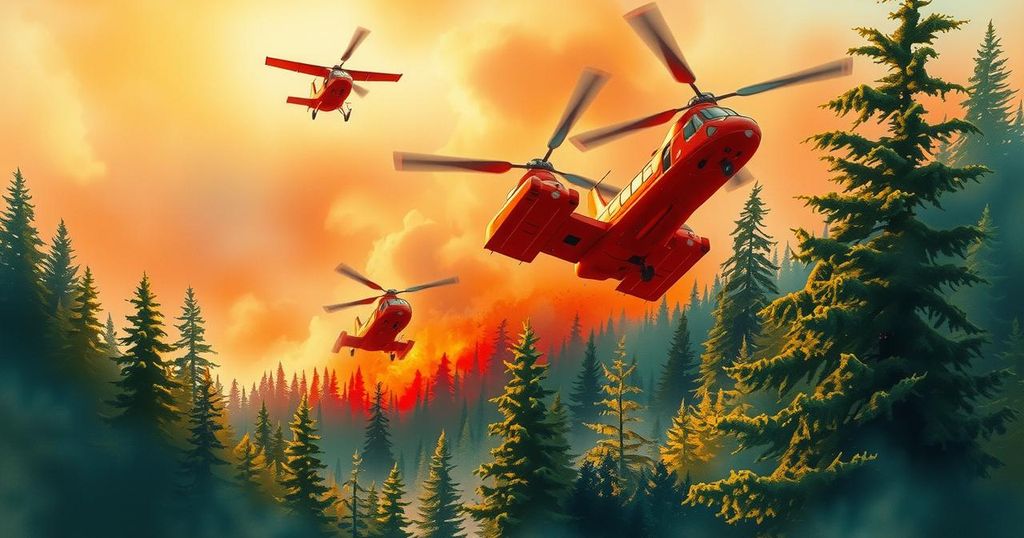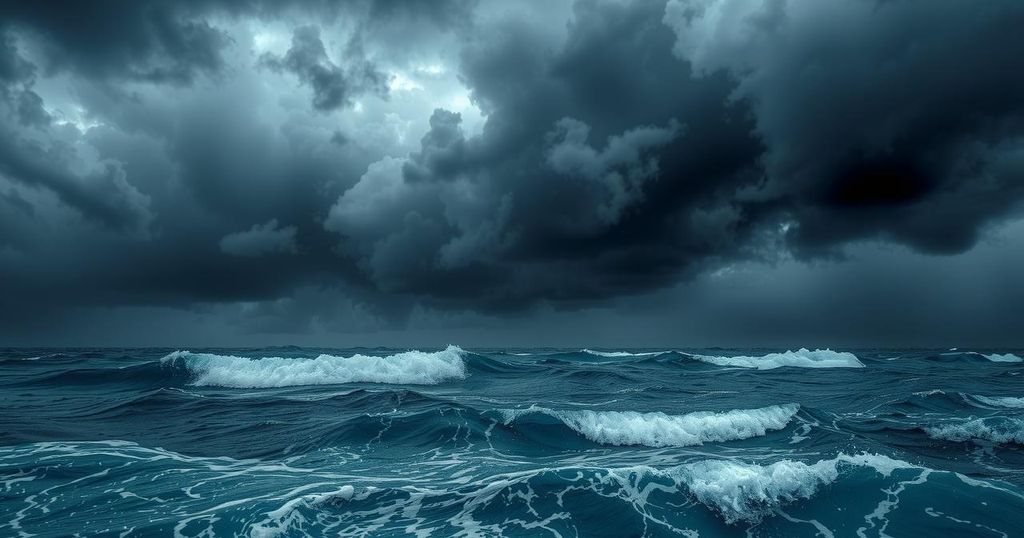Nepal’s Sagarmatha Sambaad: Addressing Climate Change and Economic Potential
The Sagarmatha Sambaad in Kathmandu focuses on climate change, specifically its impact on the Himalayas. With glaciers retreating at alarming rates, the summit addresses risks like GLOFs and explores untapped economic potential of glacial resources. Effective management and international collaboration could enhance resilience and sustainability for local communities.
The first edition of the Sagarmatha Sambaad, organized by Nepal’s foreign ministry, kicks off today in Kathmandu. This three-day summit will zero in on a pressing global issue: climate change’s impact on mountains and humanity’s future. This platform might aid in recognizing the importance of preserving the Himalayas beyond just financial gain.
The Himalayas are home to the largest ice reserves outside of the polar regions, crucial for over a billion people in surrounding regions like Brahmaputra, Ganges, and Indus. These communities count on glacial waters for drinking purposes, irrigation, and hydroelectric energy. However, the glaciers are retreating rapidly, with the mean annual temperature in the Nepal Himalayas increasing at a concerning pace of 0.06 degrees Celsius—exceeding the global average. This warming trend has led to the formation of more glacial lakes, raising the likelihood of dangerous glacial lake outburst floods (GLOFs) that threaten both lives and infrastructure.
Specifically, the Nepal Army is currently draining a three-mile-high glacial lake due to these rising risks. Between 1977 and 2010, research indicates a 24% reduction in glacier area and a staggering 29% drop in ice reserves. Alarmingly, while the number of glaciers in Nepal rose from 3,429 in 1977 to 3,808 in 2010 due to fragmentation, the size and mass of these glaciers are shrinking at an average rate of 38 square kilometers every year. Regions like Everest and Dhaulagiri exhibit severe impacts, and if the trend continues, some glaciers may completely vanish by as soon as 2040. This rapid melting can result in water shortages, threaten local ecosystems, and increase the danger of avalanches and GLOFs.
In Nepal, there are over 2,000 glacial lakes, expanding at about 0.83% per year, which is actually faster than the overall Himalayas. A joint study from ICIMOD and UNDP in 2020 mapped out 3,579 glacial lakes within several river basins, including the transboundary Gandaki and Koshi basins. It also identified 21 potentially dangerous glacial lakes that could lead to future GLOFs, as well as 32 others across the China-Nepal border, set to become problematic should major GLOFs occur. Assessments estimate that such floods could be significantly more damaging than traditional monsoon floods, potentially harming thousands of buildings and critical infrastructure on Nepal’s side.
It is essential to see glaciers and glacial lakes not just as climate change indicators or threats, but also as untapped economic assets. They can provide vital water sources for irrigation and micro-hydroelectric power. As freshwater supplies dwindle, the water contained in these glaciers could address growing water stress not only in Nepal but also in neighboring regions. Furthermore, these areas serve as pilgrimage sites for both Hindu and Buddhist practices, offering cultural and spiritual significance. They also boost tourism potential, with opportunities for winter sports that remain largely unexplored.
The Sagarmatha Sambaad stands as an excellent opportunity to foster discussions on cryospheric monitoring, risk mitigation strategies, and sustainable development. The aim here is to leverage data on glaciers while establishing advanced early warning systems for hazards. Strategic measures, like monitoring lake levels and reinforcing moraine dams, can help reduce risk. International collaboration encouraged at this forum can lead to climate justice and smart investments in technologies that harness the benefits of these natural resources. Ultimately, the summit can pave the way for a prosperous future for Nepal’s communities dependent on the fragile mountain ecosystems.
The Sagarmatha Sambaad is set to spotlight the crucial intersection of climate change and economic opportunity in Nepal’s mountainous regions. With glaciers retreating and posing threats such as glacial lake outburst floods, addressing climate change requires urgent action. However, it is also vital to appreciate the potential of these glacial resources. By prioritizing sustainable management and collaboration, Nepal could both protect its environment and tap into new economic avenues, ensuring resilience for its mountain communities.
Original Source: myrepublica.nagariknetwork.com




Post Comment